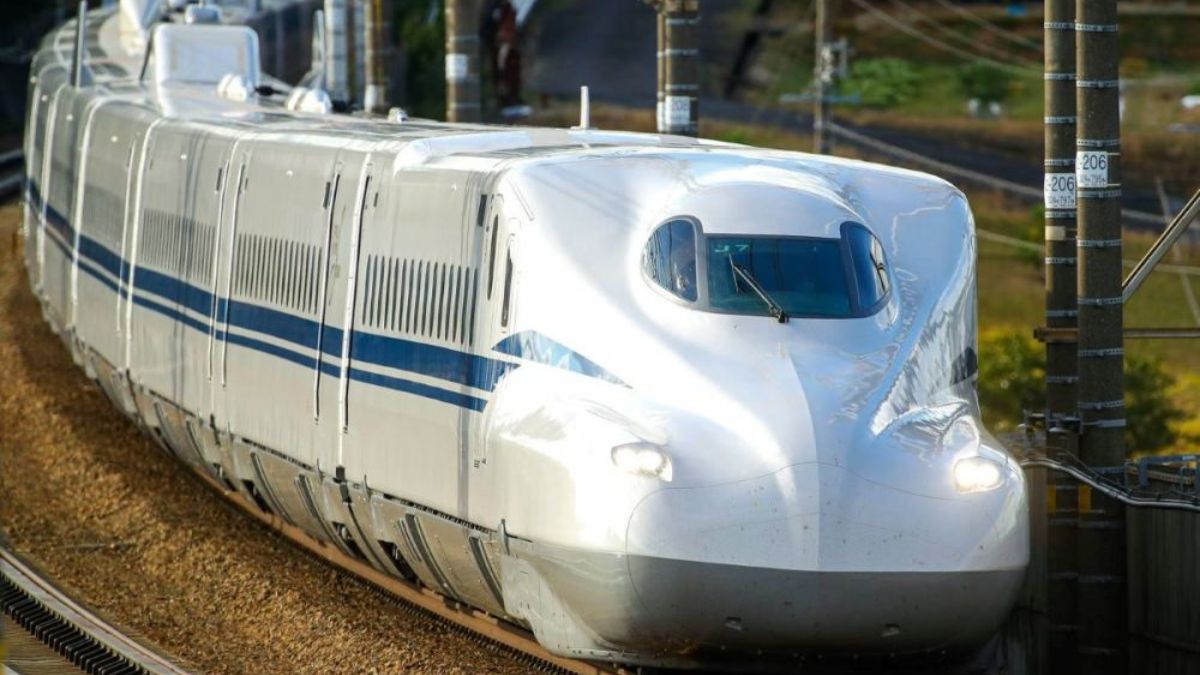 Image Credits : Japan-Forward
Image Credits : Japan-Forward
East Japan Railway Company (JR East) has announced plans to introduce automated operations on the Joetsu Shinkansen line, which runs between Tokyo and Niigata, by the mid-2030s. This cutting-edge initiative aims to revolutionise Japan’s high-speed rail network, enhancing operational efficiency and maintaining the country’s leading position in rail technology.
The project will begin with semi-automated trains in 2029, initially focusing on the segment between Niigata Station and the Niigata Shinkansen Rolling Stock Centre. These services will feature automatic speed control and stopping functions, while an onboard driver will manage overall supervision during the transition phase. By the mid-2030s, JR East envisions fully driverless trains operating between Tokyo and Niigata, marking a significant leap forward in rail automation.
Yoichi Kise, the president of JR East, expressed his optimism about this initiative, stating that the company intends to make the Joetsu Shinkansen the first fully automated high-speed rail service in the world. This shift towards automation is part of a broader strategy to address the country’s growing labour shortages, while also boosting the reliability and safety of train operations. JR East also aims to expand automated operations to other major Shinkansen lines, such as the Hokuriku and Tohoku lines.
The introduction of automated trains will involve rigorous safety trials and technical testing, ensuring that the system can handle Japan’s high standards for rail precision. The technology will not only optimise speed and scheduling but also provide a more flexible response to passenger demand. JR East’s long-term goal is to maintain the smooth, punctual service that the Shinkansen network is known for while integrating the latest advancements in rail automation.
